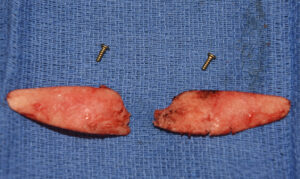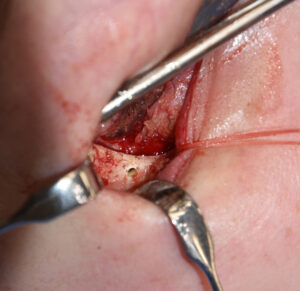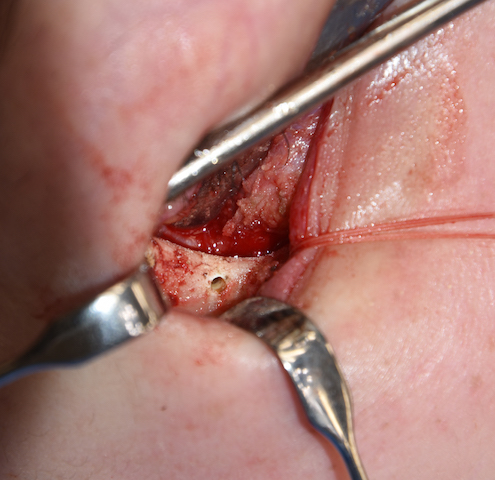Cheek implants, like all facial implants, exert their effect by osteoligamentous release and a subsequent soft tissue float concept. In essence the release of the soft tissue attachments allows the overlying soft tissue to be displaced upward/outward which is supported by the placement of the underlying implant. While this facial implant concept seems obvious when explained, the reverse is often not as clear.
The reverse concept is what happens when the cheek implant is removed? The soft tissue attachments can not reattach back down to the bone exactly the way they were before surgery, the smooth remaining capsule further prevents soft tissue adhesion and the expanded overlying soft tissue may or may not completely shrink back down. In short, there is always a risk of soft tissue sag after cheek implant removal. Whether that occurs at all or, if it does, how significant it is depends on various factors. (e.g., how large is the implant, what was the surgical approach for its placement)
Thus when removing cheek implants (and new implants are not going to be placed) consideration must be given to whether soft tissue cheek sag will result. When the risk is felt to be significant cheeklifts can be considered as a method of prevention or as an pseudoimplant substitute.


While most cheek implant removals do not require any soft tissue management, for those that do a direct orbital rim cheek suspension technique is one method to do so.
Dr. Barry Eppley
Indianapolis, Indiana



